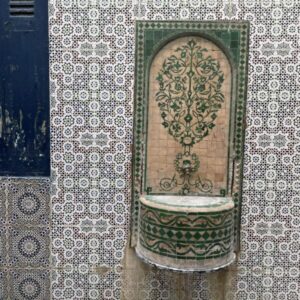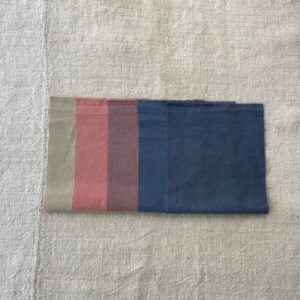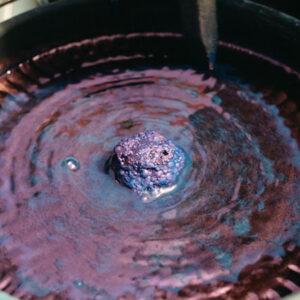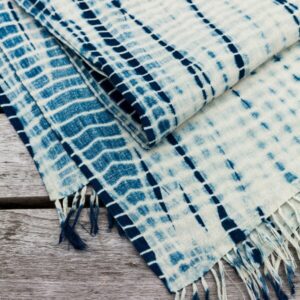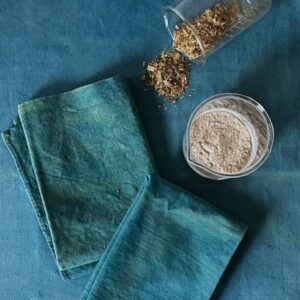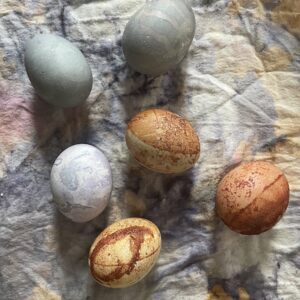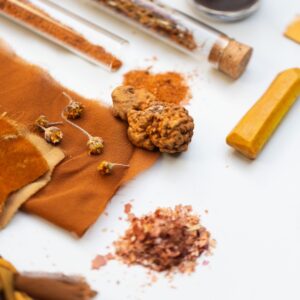Mordant Monday: Celebrating Earth Day & Vibrant Valley Blue
At Botanical Colors we believe that every day is Earth Day. To celebrate in a meaningful way, we are excited to launch a new indigo collaboration with Vibrant Valley Farm: meet Vibrant Valley Blue Indigo Paste. After seven years of intensive growing, harvesting and fine-tuning their extraction processes, Vibrant Valley Farm is thrilled to share their indigo pigment paste with the world. It is an exceptional product and is perfect for artisans, dyers, and makers alike. Paste means that the product combines easily in a classic 1-2-3 vat and yields beautiful, brilliant blue shades. We can’t wait to share it with … Read more


